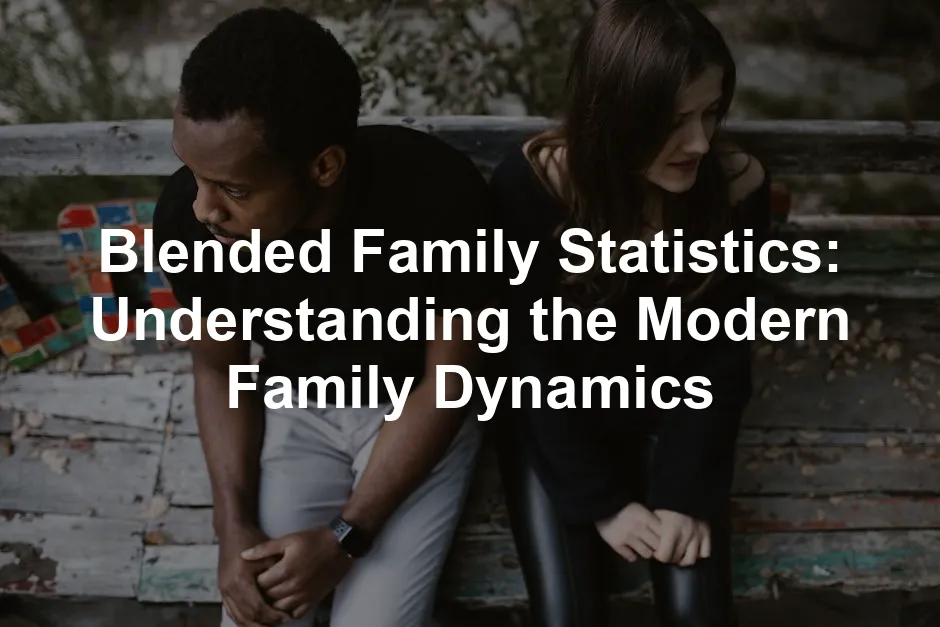Introduction
Blended families, often known as stepfamilies, are increasingly common. They represent a significant shift in how families are structured today. With statistics flying around like confetti at a wedding, it’s easy to feel overwhelmed. Parenting in blended families involves navigating new sibling relationships while balancing co-parenting dynamics. Life in these families can be as chaotic as a toddler’s birthday party, yet filled with love and laughter.
So, how prevalent are blended families? According to recent research, approximately 40% of families in the U.S. are blended, which means at least one partner has children from a previous relationship. Each day, about 1,300 new stepfamilies are formed, making this family type a substantial part of our society. This article reveals eye-opening insights about blended family statistics, including their formation rates, divorce statistics, and the effects on children.
Understanding these statistics is vital for anyone involved in or curious about blended families. Are you a stepparent? A child navigating this new family landscape? Or perhaps just a curious observer? Whatever your role, this exploration of blended families provides valuable knowledge. Let’s dive into the numbers and uncover the reality behind these modern family dynamics, giving us a clearer picture of what it means to be part of a blended family today.

Summary Section
– Overview of Blended Families: Blended families, or stepfamilies, are formed when one or both partners have children from previous relationships. Their prevalence in society demonstrates a shift away from traditional family structures. Research indicates that 16% of children live in blended families, highlighting their importance in contemporary life.
– Key Statistics: Each day, around 1,300 new stepfamilies come into existence. Approximately 40% of families in the U.S. fit this description, showcasing the diversity of modern family dynamics. The demographics involved in these families vary widely, with children from different backgrounds experiencing similar rates of blended family living.
– Divorce Rates: Understanding the divorce rates in blended families is crucial. Estimates suggest that about 60% of second marriages end in divorce, significantly higher than the 30-35% rate for first marriages. This highlights the unique challenges that blended families face in achieving stability.
– Children’s Experiences: Children in blended families can face a range of experiences. Academic performance may vary, with studies showing that children from stable blended families can perform just as well as their peers. Emotional health is also crucial, as children may deal with complex feelings about their new family dynamics.
– Cultural Context: The impact of cultural backgrounds on blended families is notable. For instance, children from Hispanic, Black, and White families are equally likely to live in blended families, while those from Asian backgrounds are less likely. Cultural influences shape the dynamics and acceptance of blended family structures.
– Perceptions and Attitudes: Attitudes toward blended families have evolved significantly over the years. Younger generations tend to view blended families more positively than older ones, with approximately 75% of college students expressing no shame in being from a stepfamily.
– Global Perspective: Blended families are a global phenomenon. In the UK, around 544,000 stepfamilies were reported in 2011. In Canada, approximately 518,000 families identified as blended. These statistics illustrate that the blending of families transcends borders, reflecting changing societal norms worldwide.
Understanding these statistics provides insights into the modern family landscape, revealing both challenges and opportunities for growth and connection within blended families.

Blended Family Statistics: An In-Depth Analysis
General Blended Family Statistics
Prevalence of Blended Families
Blended families are becoming a defining feature of modern life. Studies indicate that about 16% of children live in blended family arrangements. Each day, around 1,300 new stepfamilies form. That’s like a new blended family popping up every minute! It’s a remarkable statistic that highlights how common this family structure has become.
Demographic factors play a significant role in the formation of blended families. For example, children from Hispanic, Black, and White backgrounds are equally likely to find themselves in blended families. However, children from Asian backgrounds are half as likely to experience this family dynamic. This difference may stem from cultural factors, including varying attitudes toward remarriage and family structure.
The stability of these families is noteworthy. The number of children living in blended families has remained consistent over the last 30 years. This stability suggests a growing acceptance and adaptation to blended family life, as society increasingly recognizes its role in today’s familial landscape.
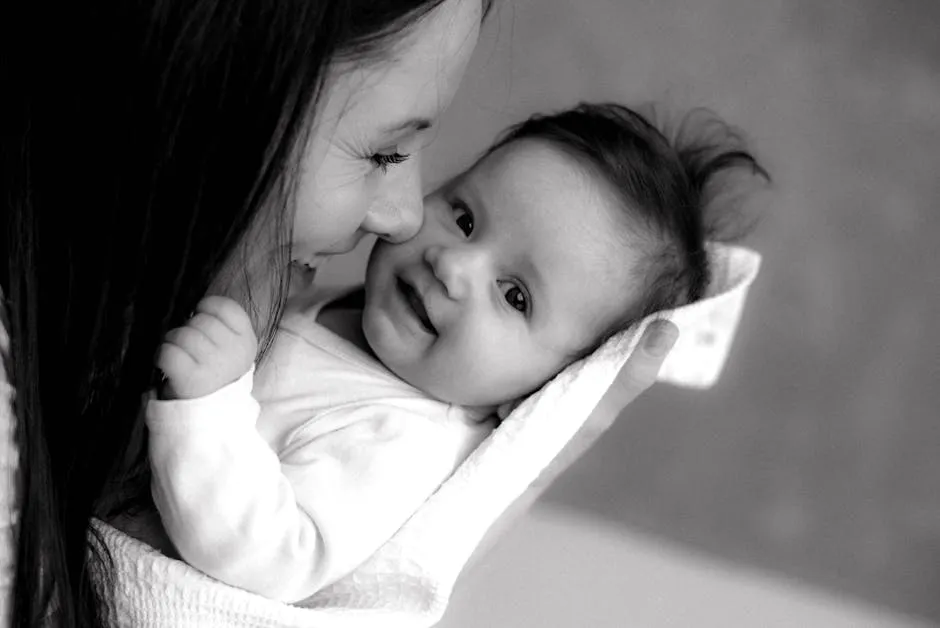
Divorce Rates in Blended Families
When it comes to divorce, blended families face unique challenges. The divorce rates for second marriages hover around 60%, which is significantly higher than the 30-35% rate for first marriages. In fact, third marriages have even more daunting statistics, with estimates suggesting a divorce rate of up to 73%. These challenges arise from the complexities of merging families and navigating the emotional intricacies involved.
Comparing blended families to other family structures reveals a stark reality. The overall divorce rates show that blended families encounter more instability than traditional nuclear families. The emotional and logistical hurdles of blending families often lead to heightened stress levels. This stress can strain relationships, making it crucial for families to develop strong communication and support systems.
Understanding these divorce statistics helps illuminate the challenges faced by blended families. It highlights the need for effective strategies to foster unity and resilience in these family units. As we see, the road to a harmonious blended family can be bumpy, but it’s a journey that many embark on with love and hope.

Effects of Blended Families on Children
Academic Performance
Academic outcomes for children in blended families often spark debate. Research indicates that children from stable blended families perform similarly to their peers in traditional nuclear families. The key factor seems to be the stability of the home environment rather than the family structure itself. A nurturing and supportive atmosphere can lead children to thrive academically, regardless of whether they have biological siblings or stepsiblings.
Furthermore, it’s essential to recognize the importance of stable home environments. Children who experience consistency in their daily lives, including routines and emotional support, tend to excel in their studies. This finding underscores the idea that the quality of parenting and the stability of relationships matter more than the family model.
To support academic success further, consider integrating “The Whole-Brain Child” into your parenting toolkit. This book offers revolutionary strategies to nurture your child’s developing mind, ensuring they get the mental support they need to thrive academically.

Mental Health and Emotional Well-Being
Mental health is another critical aspect of the blended family experience. Some studies highlight that children in blended families may face unique challenges. They often grapple with feelings of confusion and loyalty conflicts. For example, a child may feel torn between two parents, especially if they have strong attachments to both. This emotional turmoil can lead to anxiety and other mental health issues.
However, research also shows that family support plays a significant role in mitigating these challenges. Encouraging open communication within the family can help children express their feelings. Stepparents can provide valuable emotional support, helping children navigate their complex emotions. Positive relationships with both biological and stepparents can lead to healthier coping strategies.
To help with emotional health, consider using resources like “Emotional Intelligence: Why It Can Matter More Than IQ”. This insightful book can provide strategies for fostering emotional awareness and resilience in children, helping them navigate their feelings in a supportive environment.
It’s crucial to understand that while blended families come with challenges, they can also offer rich and rewarding experiences. With the right support and understanding, children can thrive emotionally and mentally in these unique family structures.

Perceptions of Blended Families
Changing Attitudes Across Generations
Blended families are no longer seen as the oddball of family dynamics. Millennials and Gen Z have embraced stepfamilies with open arms, contrasting sharply with older generations. Many older adults still cling to traditional views, often associating blended families with stigma. However, a recent study revealed a significant shift. Approximately 75% of college students today report no shame in being part of a blended family. This acceptance reflects how younger generations view these families positively.
Millennials, in particular, have witnessed an increase in blended family structures. Having grown up in a world where divorce rates soared, they accept that family can take various shapes. The result? A more open mindset towards stepparents and stepsiblings. Statistics show that nearly 50% of children in the U.S. will live in a blended family at some point in their lives. This number highlights the increasing normalization of stepfamilies, proving they’re not just a passing trend.
The perception shift isn’t just about acceptance. It’s also about understanding. Younger generations recognize the emotional complexities of blended families. They often advocate for open communication and support systems to help children navigate these changes. By fostering understanding and acceptance, today’s youth are paving the way for future generations to embrace family diversity.
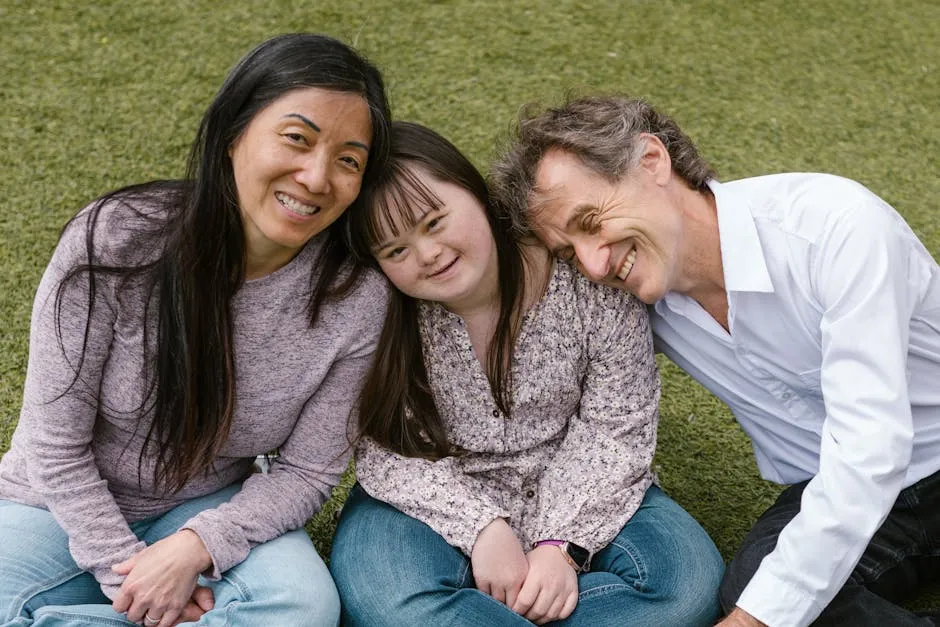
Challenges Faced by Stepparents and Children
Blended families come with their own unique set of challenges. Stepparents often find themselves juggling multiple roles, striving to build relationships with stepchildren while respecting existing family dynamics. It’s like trying to walk a tightrope—one misstep can lead to a tumble. Establishing trust and connection takes time and patience. Stepparents sometimes face resentment, as stepchildren may feel torn between their biological parents and new parental figures. This emotional complexity can lead to feelings of loyalty conflicts, making it essential for stepparents to tread lightly.
Children in blended families often grapple with a whirlwind of emotions. They may experience a mix of excitement and anxiety about welcoming a new family member. Adjusting to new parental figures can be daunting. Feelings of insecurity may arise as they navigate their new reality. According to studies, children may feel guilty about loving their stepparents or accepting new siblings. It’s crucial for parents and stepparents to create a nurturing environment. Open discussions and emotional support can significantly ease these transitions.
Moreover, children may face challenges in defining their new family identity. They might question where they fit in or how to balance relationships with both biological and stepparental figures. Encouraging children to express their feelings helps them cope with these adjustments. Stepparents should aim to foster a sense of belonging, allowing children to feel secure in their new family structure.

Global Blended Family Statistics
Comparison of Blended Family Structures Worldwide
Blended families are a global phenomenon, each region displaying unique characteristics. In the UK, approximately 781,000 stepfamilies were reported in 2021, with a significant number containing dependent children. This statistic illustrates the prevalence of blended families across the pond, showcasing their relevance in contemporary society. In Canada, around 518,000 families identified as blended. This figure highlights how blended family structures have become integral to the fabric of Canadian life.
Australia also reflects similar trends, with about 5% of children living with a biological parent and a stepparent. Meanwhile, France reported around 720,000 blended families, representing one in ten children. These statistics indicate that blended families are not just an American trend but a worldwide occurrence. Societal norms and values heavily influence these structures. In many countries, cultural acceptance and legal frameworks surrounding remarriage play a vital role in shaping family dynamics.
For instance, in some cultures, traditional family models still dominate, making it harder for blended families to gain acceptance. Conversely, in regions where divorce and remarriage are more normalized, blended families thrive. The legal landscape also impacts family dynamics. In countries with supportive co-parenting laws, blended families can navigate challenges more smoothly.
Understanding these global statistics is crucial for recognizing the diverse nature of blended families. Each region has its own cultural nuances that affect how families blend and function. By examining these differences, we can appreciate the resilience and adaptability of blended families worldwide.
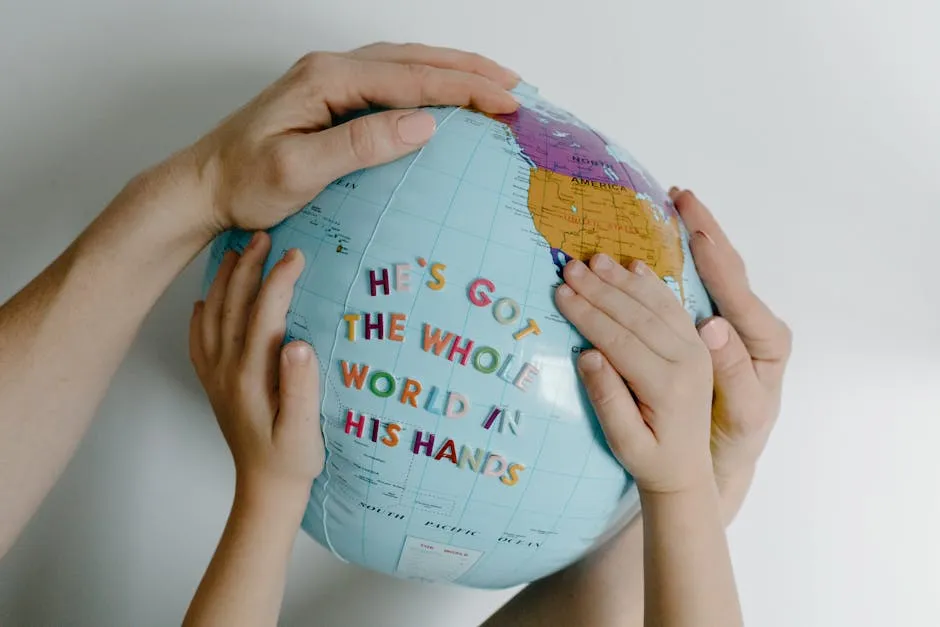
Best Practices for Blended Families
Blending families can feel like mixing oil and water. But with the right strategies, you can create a smooth and loving household. Here are some practical tips to help navigate the blending process effectively.
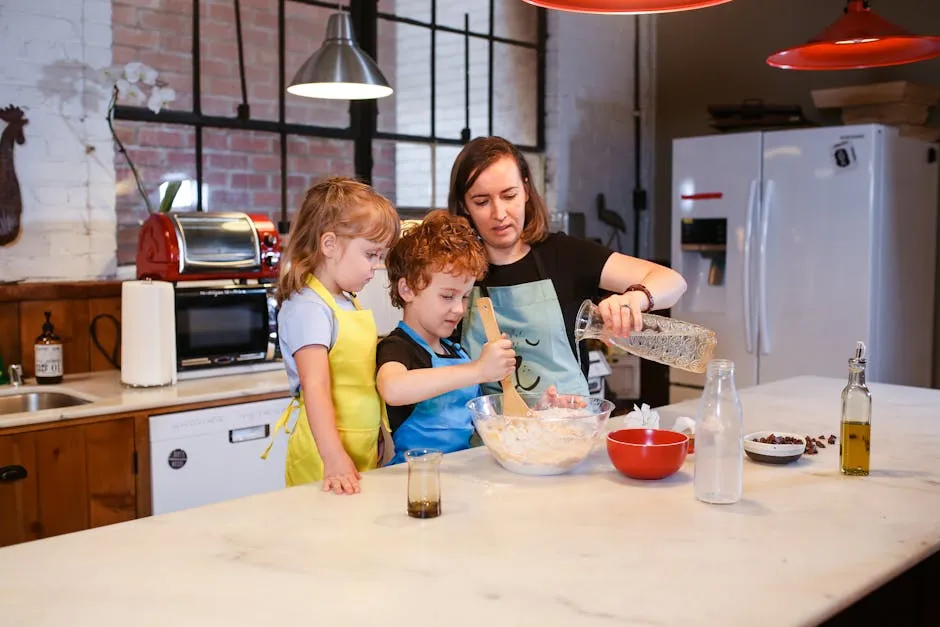
Tips for Successful Blending
Communication is Key Open dialogue is the glue that holds blended families together. Encourage everyone to express their feelings. Kids often have unvoiced worries. Create a safe space where they can talk without fear of judgment. Regular family meetings can help everyone stay on the same page and address concerns collaboratively.
Set Clear Boundaries Establishing boundaries is crucial. Each family member needs to know their role. Stepparents should work with biological parents to define what discipline looks like. Children thrive when they understand the rules. Everyone should feel secure in knowing what is expected of them. This clarity can prevent misunderstandings and unnecessary conflicts.
Establish Family Roles Assigning family roles helps in navigating the new dynamics. Each member should know their responsibilities and contributions to the household. Encourage children to take part in deciding family activities. This involvement fosters a sense of belonging. When everyone has a role, they feel valued and committed to family life.
Practice Conflict Resolution Conflicts will arise; it’s part of family life. When disagreements happen, address them calmly. Teach children to express their feelings constructively. Role-playing different scenarios can help them practice resolving conflicts effectively. It’s crucial for kids to learn how to manage their emotions and speak openly about their grievances.
Incorporate Fun Family Activities Creating joyful memories is essential for bonding. Plan regular family outings or game nights. Shared experiences strengthen relationships. Whether it’s a movie night or a picnic in the park, these moments encourage laughter. They’ll create connections that last a lifetime. Consider picking up a Family Board Games Set to spice up your game nights!
Encourage Individual Relationships It’s vital for stepparents to develop individual relationships with their stepchildren. Stepparents should aim to be a supportive figure, not just a disciplinarian. Simple activities—like reading together or baking cookies—can build trust. This one-on-one time allows children to feel special and valued.
Be Patient and Flexible Blending families takes time. Patience is key; relationships won’t change overnight. Expect bumps along the way. Flexibility is crucial as family dynamics shift. Sometimes, plans need to change last minute. Embrace the chaos; it’s part of the journey.
Seek Support Don’t hesitate to seek outside help when needed. Family counseling can provide valuable insights. Support groups for blended families can offer comfort and shared experiences. Community resources can also provide tools for effective parenting and relationship building. For a great resource, check out “The Stepparent’s Survival Guide”, which offers valuable advice on creating a blended family.
By implementing these strategies, blended families can thrive. It’s not always easy, but with love, patience, and open communication, you can create a harmonious environment. Remember, every family’s journey is unique, so find what works best for you and your loved ones.

Conclusion
Blended families represent a significant shift in the traditional family structure, reflecting the complexities of modern relationships. While statistics reveal challenges—such as higher divorce rates and the need for effective communication—there are also encouraging signs of resilience and adaptation. Understanding and supporting blended families is vital as they continue to grow in number. As we move forward, acknowledging their unique dynamics can lead to healthier, happier family environments where love triumphs over adversity.

FAQs
What percentage of families in the U.S. are blended?
Approximately 40% of families in the U.S. are blended. This means that in many households, at least one partner has children from a previous relationship. Blended families are becoming a significant part of our society, reflecting changing dynamics in parenting and family life.
What is the divorce rate for blended families?
The divorce rate for blended families is notably high, ranging from 45% to 60%. This figure is significantly higher than the divorce rate for first marriages, which typically hovers around 30-35%. The complexities of blending families often contribute to these elevated rates.
How can parents support children in blended families?
Supporting children in blended families requires open communication, establishing routines, and involving them in decisions. Parents should create an environment where kids feel safe to express their feelings. This helps children adjust to new dynamics and fosters a sense of belonging.
Are blended families more common in certain cultures?
Yes, cultural factors play a significant role in the prevalence and acceptance of blended families. For example, in some cultures, remarriage is more normalized, leading to higher rates of blended families. Understanding these cultural nuances can help families navigate their unique challenges.
What resources are available for blended families?
Numerous resources exist for blended families, including books, support groups, and online platforms. These resources offer guidance on navigating the complexities of blending families. They provide valuable insights and strategies to help families thrive amidst their unique challenges.
Please let us know what you think about our content by leaving a comment down below!
Thank you for reading till here 🙂
All images from Pexels

